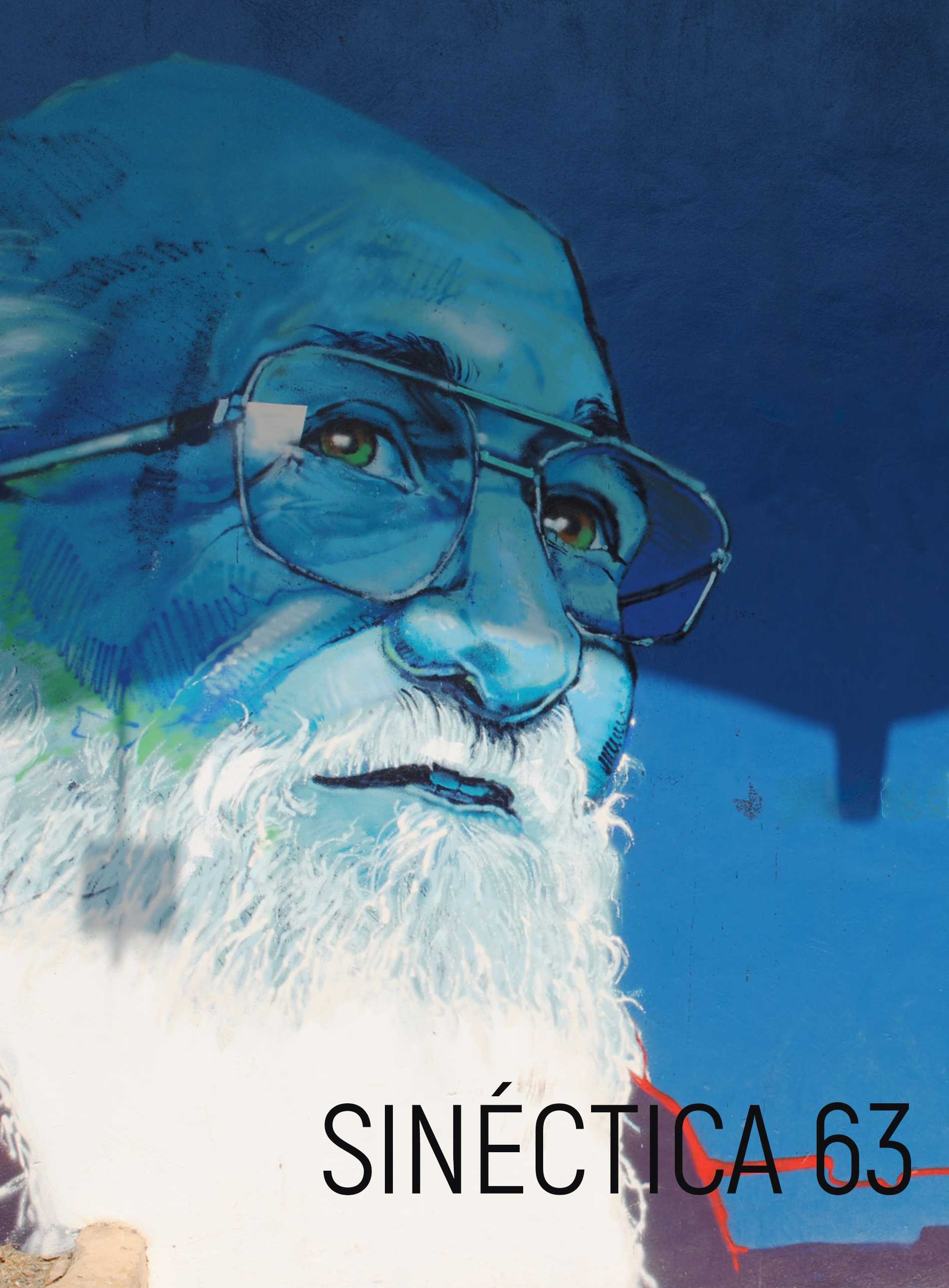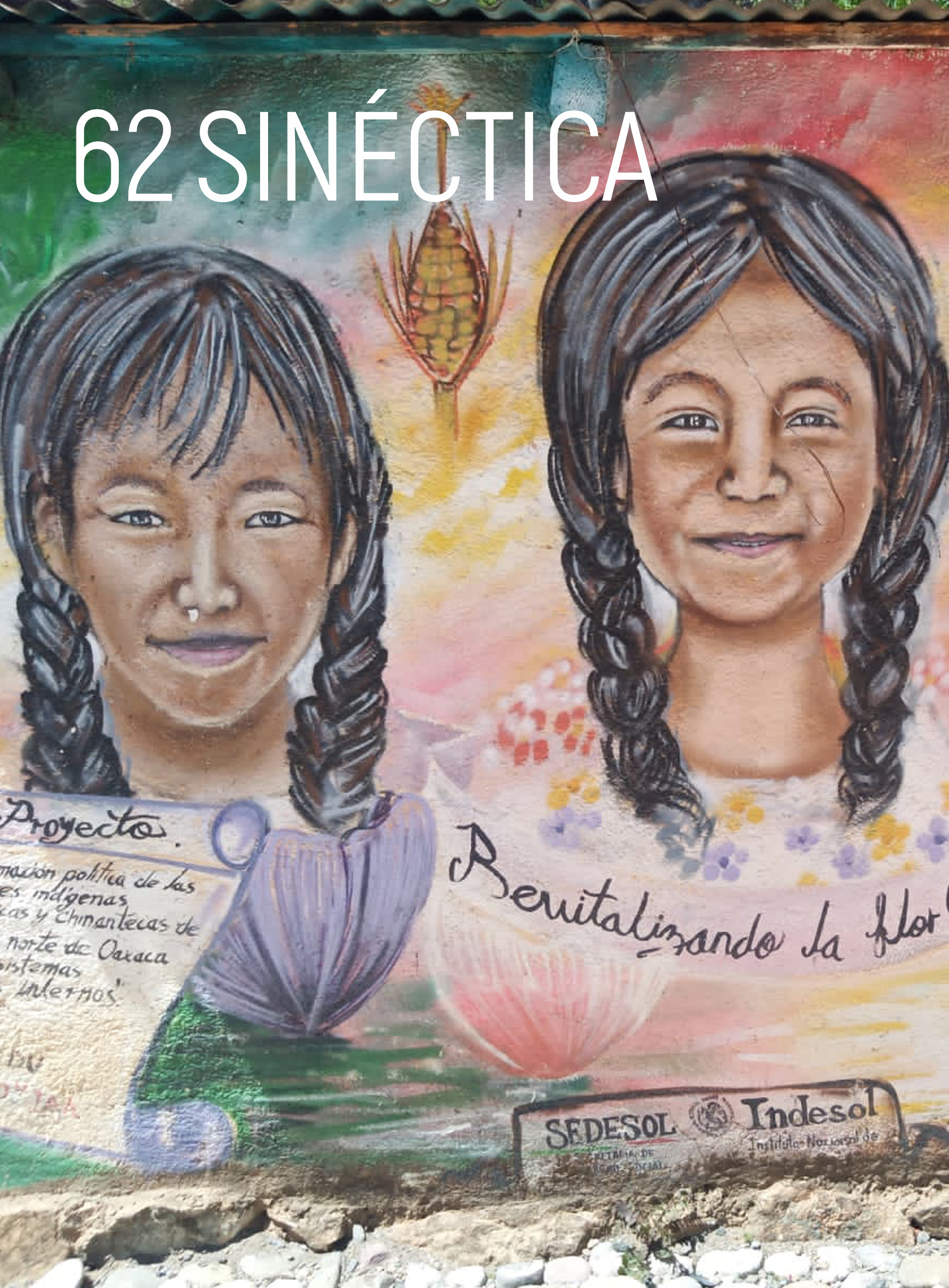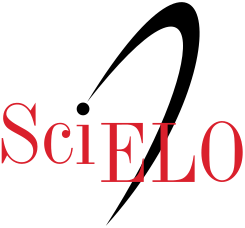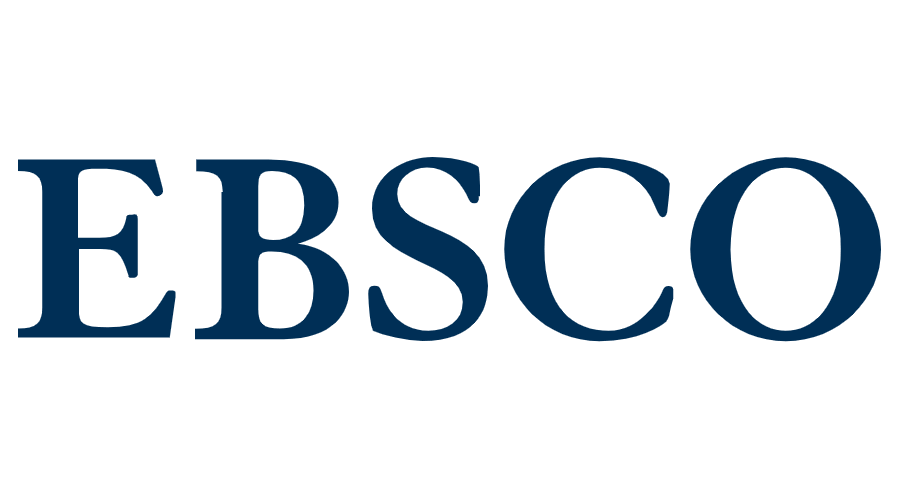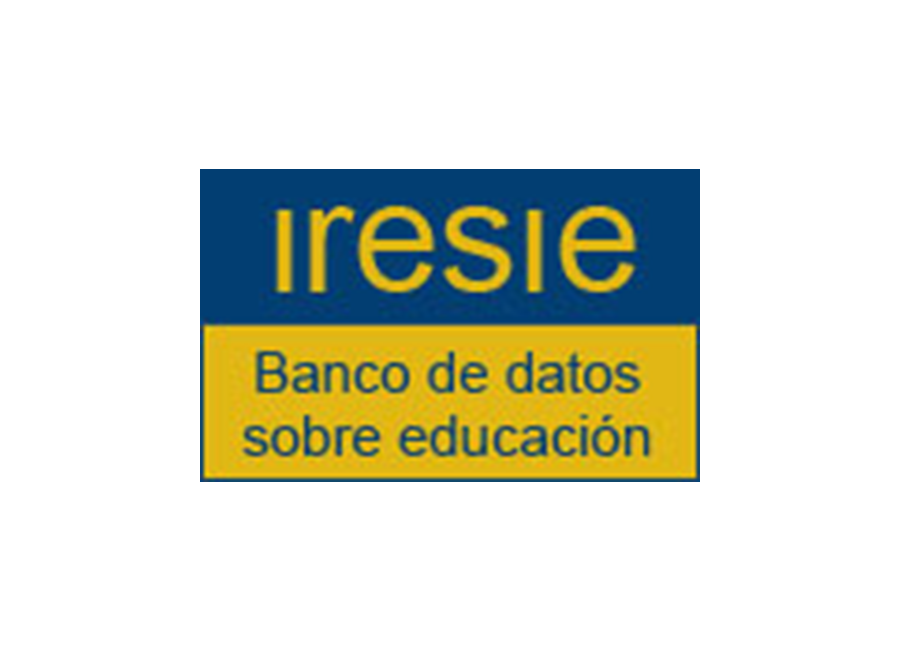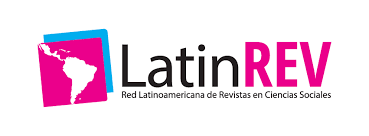Presentación
DOI:
https://doi.org/10.31391/S2007-7033(2019)0053-001%20Abstract
Dos son los acontecimientos significativos de la historia de la educación que permiten entender la instauración de la homogeneidad como racionalidad organizadora de las instituciones educativas. El primero de ellos corresponde a los sistemas educativos que se organizaron en Prusia en 1787 a partir de que Federico Guillermo II promulgara un código escolar en el que quitaba al clero el gobierno de las escuelas y lo encomendaba a un ministerio de educación que estaba organizado en oficinas desde las cuales los inspectores administraban y vigilaban el funcionamiento de las escuelas (Esteve, 2003, p. 37). El segundo hace referencia a la enseñanza universal como conquista de los pensadores e ideólogos de la Revolución francesa (Gadotti, 2003), desde la cual se instaura el sistema escolar de masas y, con ello, se impone un “igualitarismo” en función de un tipo ideal de alumno (González-Barrau, 2012). Esto marcará la historia de la educación en la modernidad y su traslado a los países coloniales que comienzan a pugnar por su independencia, pero que adoptan el contrato social y las premisas de los sistemas educativos europeos.
Downloads
Downloads
Published
Issue
Section
License
Copyright (c) 2019 Sinéctica

This work is licensed under a Creative Commons Attribution-NonCommercial 4.0 International License.
This work is licensed under a Creative Commons Attribution-NonCommercial 4.0 International license.
Authors who publish in Sinéctica agree to the following terms:
The authors retain copyright and grant the journal the right of first publication of the authorized work simultaneously under a Creative Commons Attribution License, which allows others to share the work as long as both the authorship of the work and the initial publication in this journal are acknowledged.
Authors may enter into additional separate contractual agreements for non-exclusive distribution of the published version of the journal (e.g., publishing in an institutional repository or a book), with acknowledgement of initial publication in this journal.
Authors are allowed to publish their work in institutional repositories or on their own website before and during the submission process, as it may generate productive exchanges, as well as earlier and greater citation of the published work.
Explanatory note: As of 2017 Sinéctica is governed by the Creative Commons Attribution Non-Commercial 3.0 International License, a version that standardizes licenses internationally.
Articles published between 1992 and 2016 are covered by a Creative Commons Attribution-NonCommercial-NoDerivatives 4.0 International license, which allows a work to be shared and distributed non-commercially and with acknowledgement of the author, but prohibits modification of the original creation.




